
 |
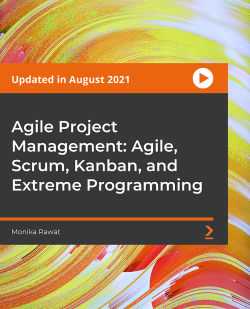 Duration: 4h 10m | Video: 1920x1080 30 fps | Audio: AAC, 44.1 kHz, 2ch | Size: 1.98 GB Genre: eLearning | Language: English Software industry is going crazy on Agile methods. It is rapidly becoming the choice for software development where requirements are unpredictable or expected to change over time. This course will help you explore how working on an Agile project has benefits for your development team, your end users, and your organization. 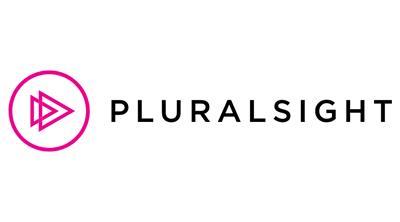 Duration: 5h 54m | Video: .MP4 1280x720, 30 fps(r) | Audio: AAC, 48000 Hz, 2ch | Size: 635 MB Level: Beginner | Genre: eLearning | Language: English This course, which is based on the book called Murach's Mainframe COBOL, will teach the essentials of the COBOL language, reports, file handling, CICS (for transactions) and DB2 (for databases). 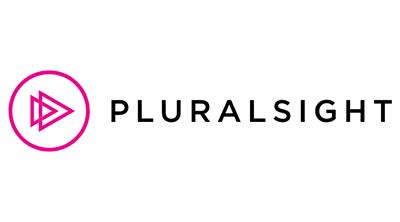 Duration: 1h 51m | Video: .MP4 1280x720, 30 fps(r) | Audio: AAC, 48000 Hz, 2ch | Size: 194 MB Level: Intermediate | Genre: eLearning | Language: English This course will teach you how to prepare for the MS-203 certification exam, and to learn how to migrate the Exchange server to the Exchange online environment or a hybrid solution.  Duration: 3h 10m | Video: .MP4 1280x720, 30 fps(r) | Audio: AAC, 48000 Hz, 2ch | Size: 392 MB Level: Intermediate | Genre: eLearning | Language: English SQL Server performance troubleshooting and optimization are often overwhelming, complex, and take a very long time in production environments. However, this should not be the case. By understanding the exact problem with proper communication and having the best methods and tools to address the problems, the efforts and resources invested into the entire process could be cut significantly or could even be fully prevented. In this course, Managing SQL Server Database Performance, you'll gain a better understanding and address some of the key factors that can contribute to or impact database performance adversely, beyond the workload you run. First, you'll explore how to approach performance and scalability issues in general and what methods are preferred for efficiency. Next, you'll discover a few important SQL Server concepts to help you understand how things work under the hood, along with optimization techniques for server memory and tempdb configuration. Finally, you'll learn what factors like sizing and choosing the proper service tier, you need to watch out for in Microsoft Azure. When you're finished with this course, you'll have the skills and knowledge to prevent major problems, troubleshoot, and optimize your SQL Server environment more efficiently to better manage your SQL Server database workloads. 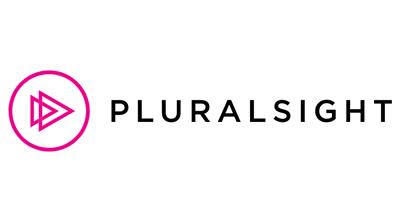 Duration: 1h 29m | Video: .MP4 1280x720, 30 fps(r) | Audio: AAC, 48000 Hz, 2ch | Size: 186 MB Level: Beginner | Genre: eLearning | Language: English Learn how to manage the requirements of your Python projects using virtual environments and pip, the Python package installer. You will also take a look at several related tools: virtualenvwrapper, pipenv, and poetry. 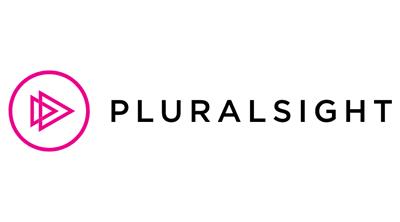 Duration: 1h 47m | Video: .MP4 1280x720, 30 fps(r) | Audio: AAC, 48000 Hz, 2ch | Size: 291 MB Level: Beginner | Genre: eLearning | Language: English This course gives an overview of the IBM Z system, general architecture, supported applications and workloads, why enterprises continue to rely on the platform, how it came to be positioned as it is, and where IBM is taking the platform in future. 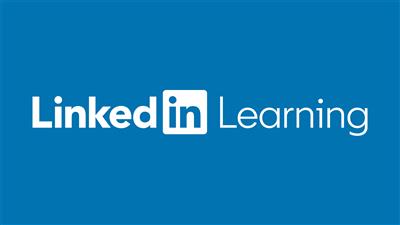 MP4 | Video: h264, 1280x720 | Audio: AAC, 44.1 KHz, 2 Ch Skill Level: Intermediate | Genre: eLearning | Language: English + srt | Duration: 55m 32s | Size: 107.2 MB Data-driven applications depend on remote queries that run through APIs. GraphQL-a query language for APIs that was originally built by Facebook-allows developers to choose the kinds of requests they want to make and to receive information on multiple facets of that query in one request. The GraphQL approach to querying across networks can address a wide variety of large-scale development problems. 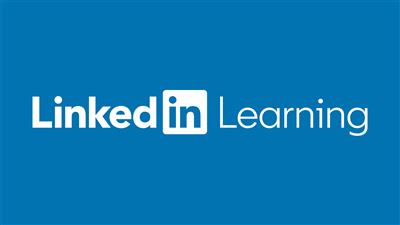 MP4 | Video: h264, 1280x720 | Audio: AAC, 44.1 KHz, 2 Ch Skill Level: Beginner | Genre: eLearning | Language: English + srt | Duration: 57m | Size: 109.3 MB Containers are an amazingly versatile and powerful tool in the DevOps toolkit that can remove or smooth over a lot of the usual pain points in application development. Instructor Josh Samuelson goes over what containers are, where and when you can use them, and how to manage them well. Josh begins with a thorough explanation of what containers are, why you should use them, and how containers differ from VMs. He covers using containers in development, packaging, and production, with examples and factors to consider for each. Josh concludes with an in-depth look at how you can use Docker Swarm, Kubernetes, Mesos, and cloud container solutions to manage your containers effectively.
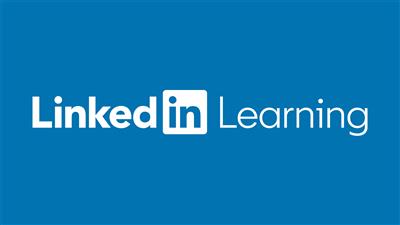 Duration: 41m | Video: AVC, 1280x720 30 fps | Audio: AAC, 48 KHz, 2 Ch | Size: 133 MB Skill Level: Intermediate | Genre: eLearning | Language: English Business analytics allows us to learn from the past and make better predictions for the future. There are three types of analytics used for learning from the past. Descriptive analytics summarizes historical data; exploratory analytics uncovers hidden patterns; and explanatory analytics reveals the reasons for business results. Each type encompasses a different set of tools, technologies, processes, and best practices to derive insights from data. This course by Kumaran Ponnambalam explains why they matter and how and when to use them.
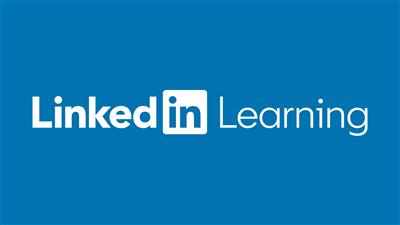 Duration: 32m | Video: AVC, 1280x720 30 fps | Audio: AAC, 48 KHz, 2 Ch | Size: 594 MB Skill Level: Intermediate | Genre: eLearning | Language: English Have you wondered how blockchain can help you create applications that offer greater transparency, traceability, efficiency, and resilience while lowering your costs? This course, last in a series of eleven, shows you how to integrate apps into blockchain that weren't originally created with blockchain. Instructor Michael Solomon steps you through some special instructions and considerations for when you're integrating non-blockchain apps. He explains key differences between blockchain and database storage in terms of control, data, performance, and more. Michael covers how traditional apps and dApps differ in how they execute their code. He shows you how blockchain can improve existing designs and how to move part or all of an entity's operations to the blockchain. After going over important considerations that should be made before moving to the blockchain, Michael concludes with interface questions that you should ask when designing and implementing your dApp solution. |